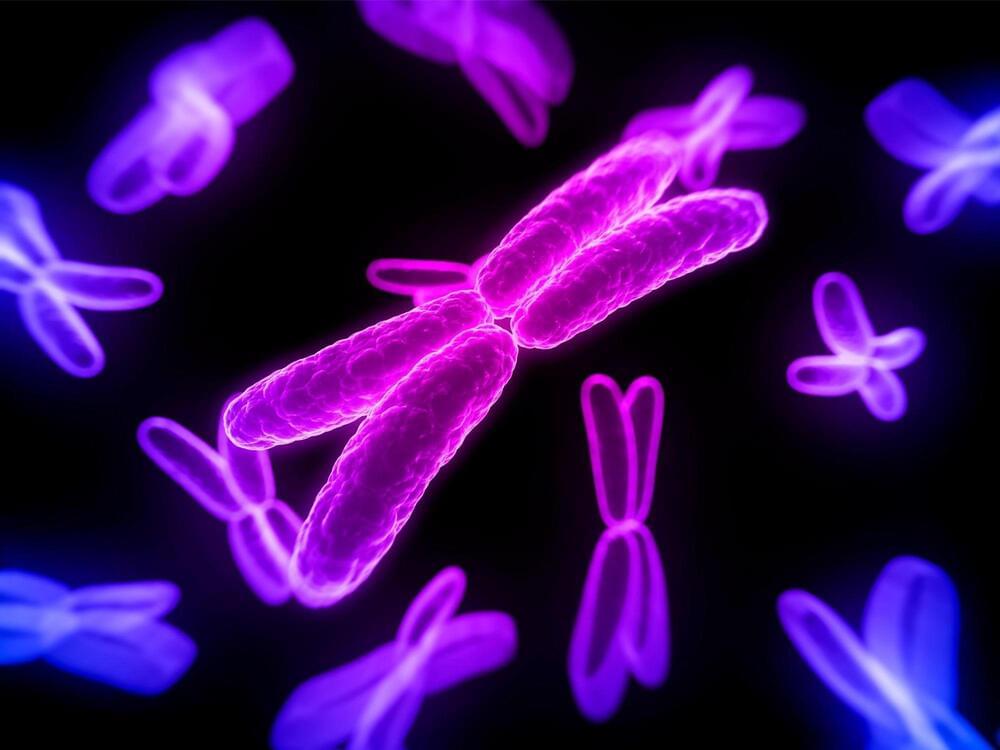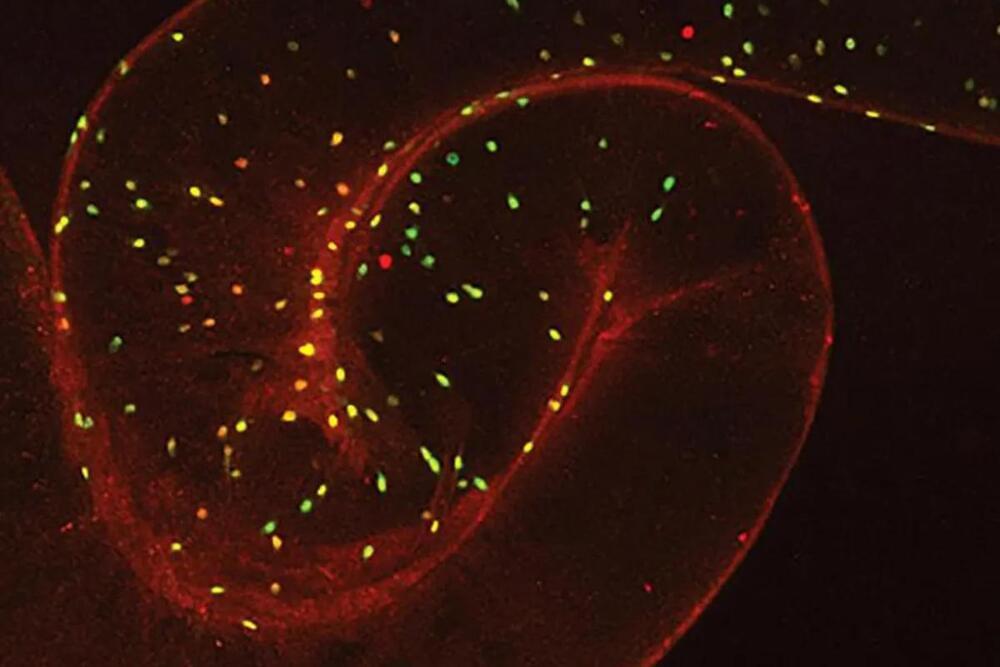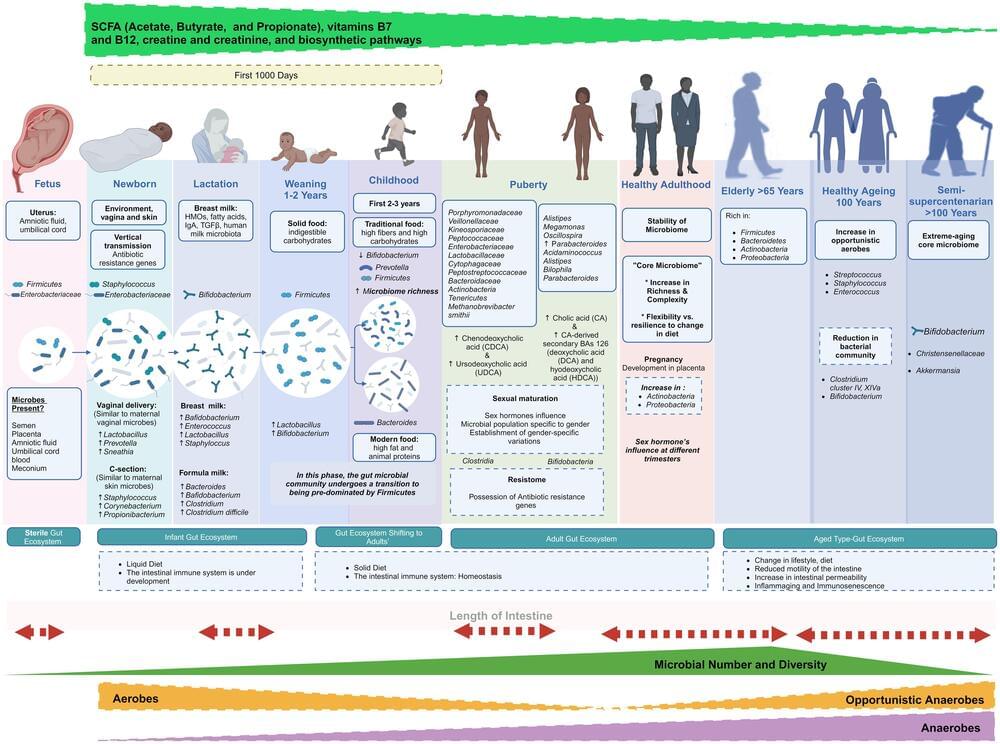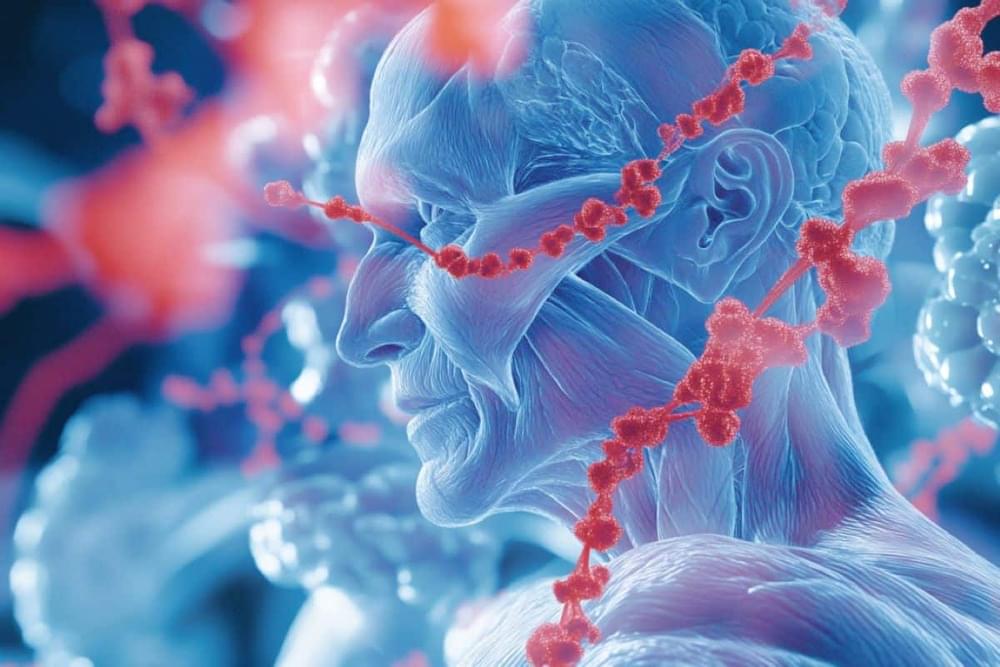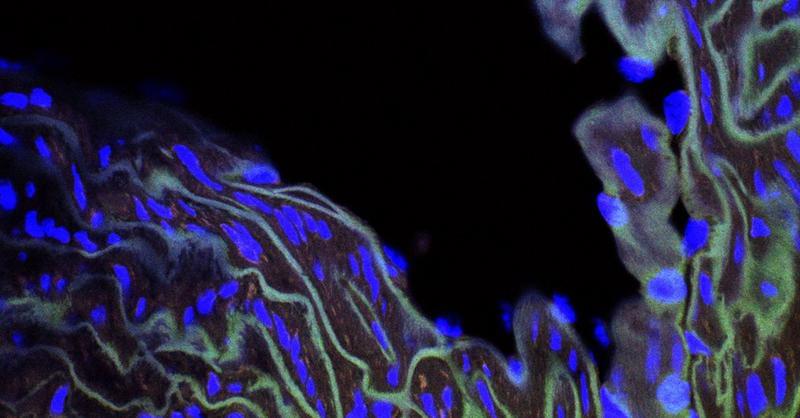Archive for the ‘life extension’ category: Page 17
Oct 23, 2024
AI Identifies the Genes Involved in Muscle Aging
Posted by Arthur Brown in categories: biotech/medical, life extension, robotics/AI
Researchers have identified genes influencing muscle aging, including USP54, using AI analysis of gene expression data. These findings may lead to drug discovery and exercise-based interventions targeting muscle mass preservation.
Oct 22, 2024
Synthetic Biology: George Church on Genome Sequencing and De-Extinction
Posted by Cecile G. Tamura in categories: bioengineering, biotech/medical, existential risks, life extension, nanotechnology, robotics/AI, transhumanism
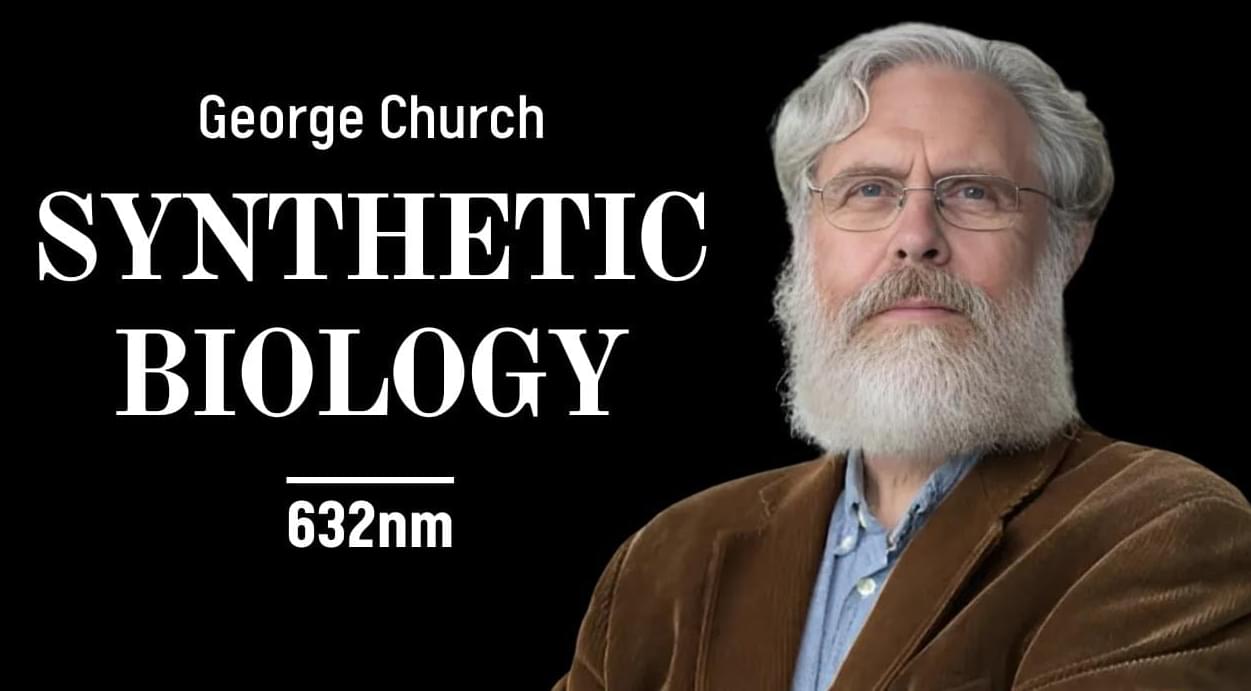
The great George Church takes us through the revolutionary journey of DNA sequencing from his early groundbreaking work to the latest advancements. He discusses the evolution of sequencing methods, including molecular multiplexing, and their implications for understanding and combating aging.
We talk about the rise of biotech startups, potential future directions in genome sequencing, the role of precise gene therapies, the ongoing integration of nanotechnology and biology, the potential of biological engineering in accelerating evolution, transhumanism, the Human Genome Project, and the importance of intellectual property in biotechnology.
Continue reading “Synthetic Biology: George Church on Genome Sequencing and De-Extinction” »
Oct 22, 2024
Are telomeres really the key to living longer, youthful lives?
Posted by Chavis Srichan in categories: biotech/medical, life extension
As Canadians brace for “vitamin D winter”—months when the sun’s angle is too low to produce the vitamin in the skin—a McGill University study explains why vitamin D deficiency early in life is associated with a higher risk of autoimmune diseases.
During childhood, the thymus helps train immune cells to distinguish between the body’s own tissues and harmful invaders. A vitamin D deficiency at that stage of life causes the thymus to age more quickly, the researchers discovered.
The study is published in the journal Science Advances.
Oct 22, 2024
Aging and longevity: Could a cheek swab test predict mortality risk?
Posted by Chavis Srichan in category: life extension
A simple cheek swab test called CheekAge may be able to predict a person’s increase in mortality risk, according to its developers.
Oct 21, 2024
Scientists Unravel Key to the Centromere’s Eternal Life, Solving Decades-Old Mystery
Posted by Quinn Sena in categories: biotech/medical, genetics, life extension
Yay face_with_colon_three
Researchers discovered that PLK1 triggers a process ensuring centromere preservation during cell division by activating the Mis18 complex and controlling CENP-A loading. This finding is key to understanding how cells correctly divide their genetic material, preventing diseases like cancer.
Scientists have resolved a decade-long mystery about the mechanism that maintains the centromere, the crucial region responsible for ensuring accurate DNA division during cell division.
Oct 21, 2024
Exploring the role gut hormones play in regulating lifespan
Posted by Shubham Ghosh Roy in categories: biotech/medical, life extension, neuroscience
The gut-brain axis has long been a subject of interest in lifespan research, and GLP-1 agonists, already used in the treatment of obesity and diabetes, are showing promise in the field of healthspan therapeutics.
New research on gut-to-brain signaling uncovers potential links between gut hormones like GLP-1 and longevity.
Oct 21, 2024
Understanding Aging through the Lense of Gut Microbiome
Posted by Shubham Ghosh Roy in categories: biotech/medical, genetics, life extension, neuroscience
Intestinal stem cells play an important role in maintaining intestinal homeostasis and repairing damaged epithelial tissue. These cells function in a regenerative manner to generate new tissue throughout the growth phase and repair damaged tissue during the aging process.101 The interactions between the gut microbiome and intestinal stem cells are crucial because, if this interaction is comprehended, it may be possible to address various disorders that require stem cell therapy, heal wounds, and improve the durability of organ transplants.101 A recent study showed a connection between hematopoietic stem cells and the microbiome through altering metabolic stress.66 Therefore, the microbiota is crucial for maintaining microbial homeostasis, regulating metabolism, and the innate and adaptive immune systems.101 Furthermore, the study reveals that compositional alterations in the gut microbiome driven by dysbiosis are related to stem cell aging, metabolic dysregulations, stem cells’ epigenetic instability, and abnormal immune system activation.66
In the field of anti-aging, stem cells are regarded to have great potential. In numerous organs, it has been demonstrated that as we age, stem cells lose their capacity for self-renewal and differentiation and run out of resources.89 The emergence of anti-aging medications should address the dysregulation caused by aging that affects stem cells’ capacity for differentiation and self-renewal by re-regulating intrinsic and extrinsic variables. The host microbiome, hormones, local immune system, systemic inflammation, and niche structure are just a few examples of microenvironmental and systemic factors that influence stem cell aging.66
Endogenous ethanol is a class of microbiological metabolites. Proteobacteria, including E. coli and other Enterobacteriaceae, produce ethanol with bacterial origins. High endogenous ethanol levels in the human hippocampus inhibit proliferating stem cells and reduce progenitor and stem cells.102 Additionally, when more ethanol accumulates in the gut, it enhances the permeability of the gut by disrupting epithelial tight junctions, particularly zonula occludens. This enables the movement of pathogenic microbes, their endotoxins, and ethanol across the epithelial layer, causing more immediate and adverse effects on tissues. As a result, the stem cell reserve depletes, hastening the aging process and compensating for damaged tissues.103
Oct 21, 2024
New Genes Linked to Muscle Aging Discovered
Posted by Genevieve Klien in categories: biotech/medical, life extension
Source: Nottingham Trent University.
Scientists have identified previously unreported genes which appear to play a key role in the muscle aging process. It is hoped that the findings from a Nottingham Trent University study could be used to help delay the impact of the aging process.
The study, which also involved Sweden’s Karolinska Institute, Karolinska University Hospital, and Anglia Ruskin University, is reported in the Journal of Cachexia, Sarcopenia and Muscle.
Oct 21, 2024
UMD-led Study Could Lead to Lengthened Lives for Patients With Premature Aging Disease
Posted by Omuterema Akhahenda in categories: biotech/medical, genetics, life extension
A new University of Maryland-led discovery could spur the development of new and improved treatments for Hutchinson-Gilford progeria syndrome (HGPS), often simply called “progeria”—a rare genetic disorder with no known cure that causes accelerated aging in children.
Publishing in the journal Aging…
Researchers identify protein that could improve cardiovascular health of those with progeria.




